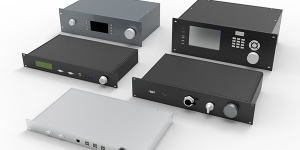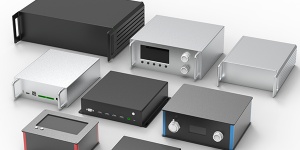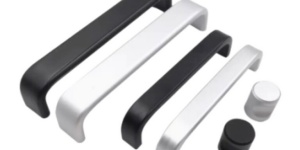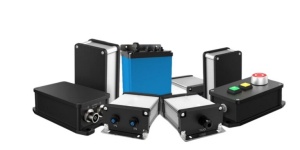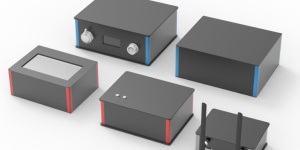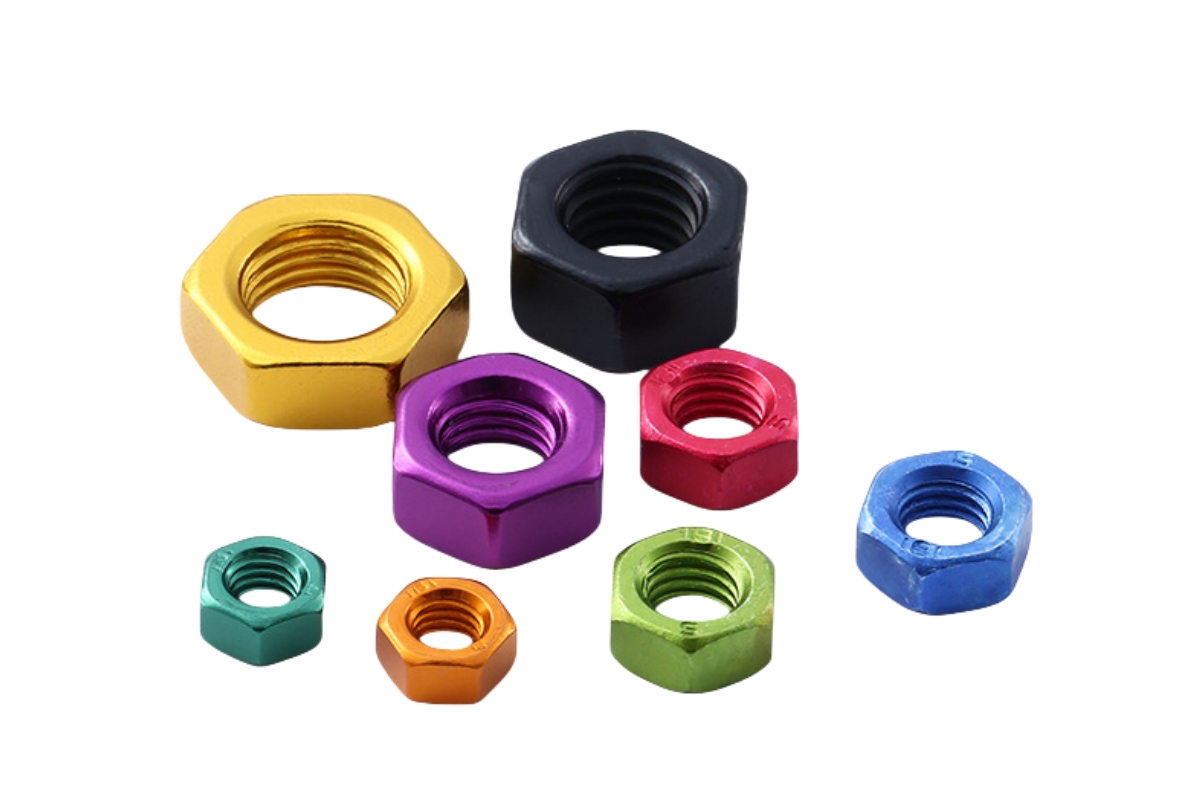
Wire nuts are a common tool in electrical work, used to secure wire connections safely and effectively.
Electricians frequently use wire nuts to connect and insulate electrical wires inside junction boxes.
Wire nuts ensure a secure and code-compliant connection, protecting against short circuits and loose connections.
What do electricians use to pull wire?
Pulling wire is an essential part of electrical installation.
Electricians use fish tapes, pull strings, or conduit benders to navigate wires through walls or conduits.
The choice depends on the wire's length, path complexity, and environmental factors.
Tools for Pulling Wire
Fish Tape\
A long, flexible tool designed to push or pull wires through conduits. Fish tape is ideal for longer or more complex paths.Pull String\
Lightweight and durable, pull strings are often pre-installed in conduits during construction to make pulling wires easier.Conduit Benders\
For jobs requiring conduit installation, these help ensure bends allow for smooth wire pulling.
Tip
Use lubricants designed for wire-pulling to reduce friction and prevent insulation damage in tight or lengthy conduits.
| Tool | Best Application | Ease of Use |
|---|---|---|
| Fish Tape | Long or twisted conduit runs | Moderate |
| Pull String | Pre-installed conduit systems | Easy |
| Conduit Benders | Custom conduit installations | Moderate |
Do electricians use nut drivers?
Nut drivers are versatile tools commonly used by electricians.
Electricians use nut drivers to tighten wire nuts, conduit fittings, and mounting screws.
These tools provide precision and torque, making them ideal for securing electrical components.
Nut Drivers in Electrical Work
Tightening Wire Nuts\
Although often tightened by hand, some electricians use nut drivers to ensure a snug fit on larger wire nuts.Securing Conduit Fittings\
Conduit systems often use nuts and connectors that require precise tightening.Mounting Panels and Boxes\
Nut drivers simplify installing electrical panels, junction boxes, and mounting hardware.
Pro Tip
Choose a nut driver set with insulated handles for added safety when working near live circuits.
| Task | Recommended Nut Driver Type |
|---|---|
| Tightening Wire Nuts | Manual or multi-bit drivers |
| Installing Conduit Fittings | Heavy-duty, impact-ready drivers |
| Panel Installation | Insulated, high-torque drivers |
Should wire nuts be in the junction box?
Yes, wire nuts should always be enclosed within a junction box.
The NEC requires wire connections, including those using wire nuts, to be contained within a junction box.
This prevents exposure to live wires and ensures safety and compliance.
Why Contain Wire Nuts in a Junction Box?
Safety\
Open wire connections pose a risk of electrical shock or fire. A junction box provides physical protection.Code Compliance\
The NEC mandates that all wire splices must be housed in an approved enclosure.Aesthetics and Maintenance\
Enclosed connections are cleaner and easier to maintain or inspect.
Example Scenario
If splicing wires in a wall, install a junction box and cover it with an accessible faceplate for compliance.
| Junction Box Benefit | Description |
|---|---|
| Protection from Damage | Shields wires from physical harm |
| Organized Wiring | Neatly contains multiple splices |
| Code Compliance | Meets NEC safety requirements |
Is cable pulling a hard job?
Cable pulling can be physically demanding depending on the job's complexity.
It requires strength, precision, and the right tools to complete efficiently and safely.
Challenges include navigating tight spaces, pulling over long distances, and avoiding wire damage.
Challenges of Cable Pulling
Tight Spaces\
Running cables through conduits, walls, or ceilings often involves limited access.Long Runs\
Pulling cables over long distances increases friction, requiring more force and effort.Environmental Factors\
Extreme temperatures, moisture, or dust can add complexity to the job.
How to Simplify Cable Pulling
- Use high-quality lubricants to reduce friction.
- Employ a second person for assistance on longer or tougher pulls.
- Prepare the path thoroughly to avoid snags or reruns.
| Challenge | Solution |
|---|---|
| Tight Conduit Spaces | Use fish tape or flexi rods |
| Long Cable Runs | Utilize pull string with lubricant |
| Difficult Paths | Split job into shorter sections |
What do electricians use to connect wires?
Electricians rely on various tools to create safe and durable wire connections.
Wire nuts, push-in connectors, and crimp terminals are common for connecting wires securely.
The choice depends on the application and code requirements.
Types of Wire Connectors
Wire Nuts\
Twist-on connectors that provide a secure connection and insulation. They are easy to install and widely used.Push-In Connectors\
These are ideal for quick connections in confined spaces. They hold wires firmly with internal clamps.Crimp Terminals\
Used for specific applications, crimp terminals involve attaching connectors using a crimping tool.
Pro Tip
Always choose connectors rated for the wire size and type being used.
| Connector Type | Best Use Case | Installation Ease |
|---|---|---|
| Wire Nuts | General wiring | Easy |
| Push-In Connectors | Quick connections in tight spaces | Very Easy |
| Crimp Terminals | Industrial or heavy-duty wiring | Moderate |
Conclusion
Electricians commonly use wire nuts and other specialized tools for safe and efficient connections. Whether pulling wires or joining them, having the right tools and techniques ensures success and compliance.


